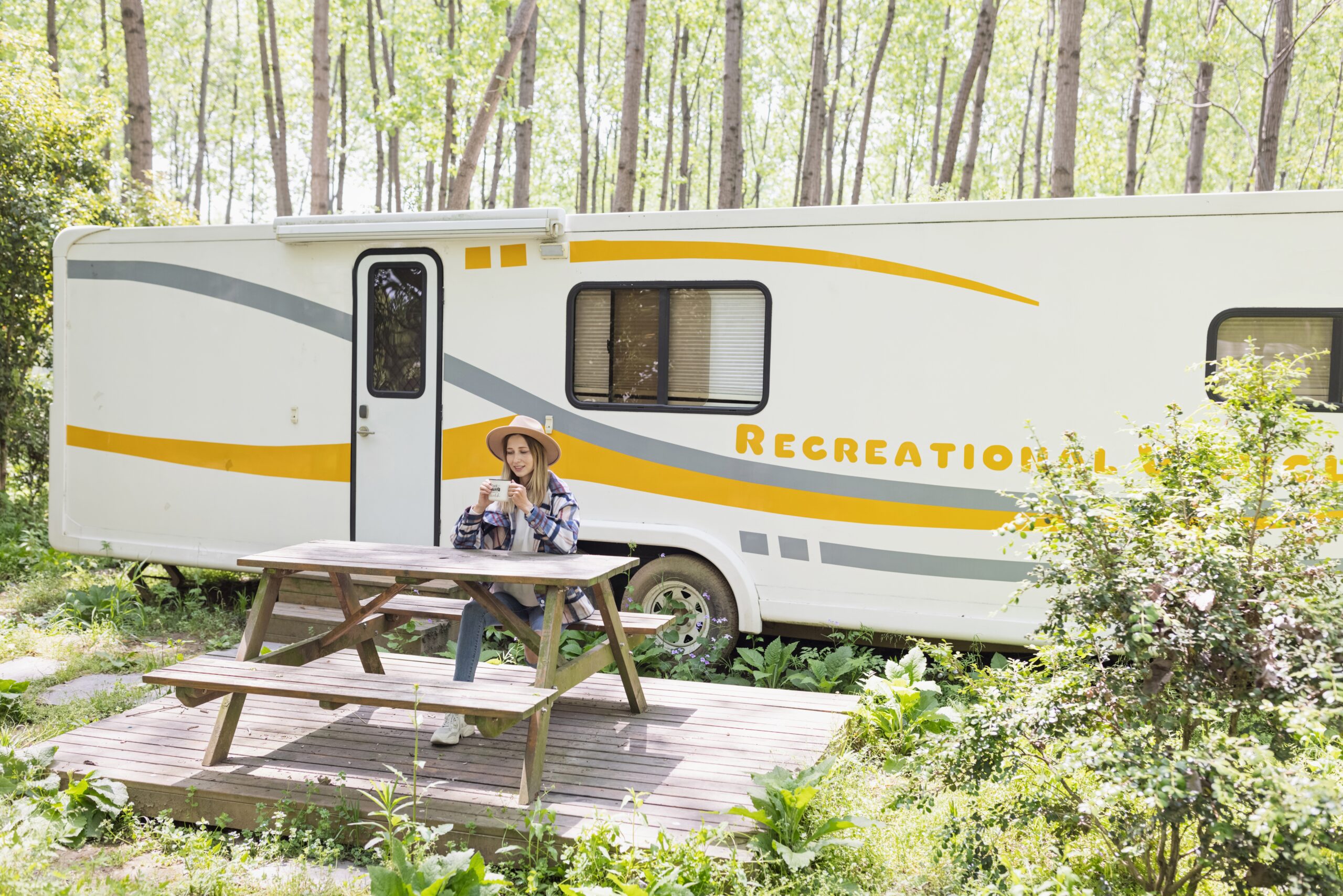Caring for your RV and its lovely fiberglass exterior is key to preventing damage and helping it not only look good but also last long. Other than being the most visible aspect of the modern RV, the fiberglass exterior also serves a role in weathering, protecting the interior compartments from harsh weather, road debris, and other external elements. Maintaining your RV’s fiberglass exterior saves you time and money because the need for expensive repair is reduced. In this article, we will discuss the available methods on how to avoid damage to your RV’s fiberglass exterior and what methods are available in case any damage occurs.
Why Fiberglass Maintenance Matters
To achieve the required level of resistance to the elements and ergonomics of your RV, the exterior part is usually made of fiberglass. However, when the right attention is not put towards the fiberglass exterior, it could become brittle, loose, and develop leaks. In the event of damage, immediate action is required to prevent further issues, such as water damage, mold infestation, and other structural problems. Maintenance, even as basic as cleaning and waxing or surveying your RV for signs of wear and tear, should be part of your routine and help reduce the risk of further damage.
Cleaning Your RV’s Fiberglass Exterior
The most critical part when caring for your RV’s fiberglass shell is making sure it is clean. If there is no regular maintenance, the buildup of dirt and road grime, followed by exposure to the sun, will leach some color and cause damage to the fiberglass. The following is a standard procedure to observe when cleaning:
- Use RV Cleaners: Avoid using domestic detergents, as they can wear away protective coatings and damage the fiberglass. Instead, use cleaning products specifically designed for RVs or fiberglass surfaces.
- Wash your RV at least once a month: This should be more frequent after trips. Never allow too much grime and bugs to accumulate. Use soft materials such as sponges to ensure that the surface is not scratched.
- Rinse thoroughly: Make sure to rinse off all soap residue, as the leftover cleaner can harm the finish over time.
Regular washing will help prevent the build-up of contaminants that could cause surface damage, enabling you to maintain a smooth and shiny fiberglass exterior.
Waxing Your Fiberglass Exterior
Waxing is also essential to protect your RV fiberglass from damage. By applying wax, your RV is better protected from UV rays, rain, and road debris. Over time, fiberglass can fade and dull due to weather and sun, but good waxing habits can maintain the original shine.
- Use a fiberglass-safe wax: Choose a wax designed for RVs or marine vehicles to ensure it bonds properly to the fiberglass surface.
- Wax every 3-6 months: Depending on how often you use your RV and the conditions it’s exposed to, waxing every 3-6 months will help keep the exterior in good shape.
- Apply wax in sections: Work in small sections, applying wax with a soft cloth or buffer, and make sure to buff it out thoroughly for the best shine and protection.
Inspecting for Damage
Despite routine maintenance, fiberglass is still prone to wear and tear. Regular inspections help catch minor damage early before it worsens, such as cracks, holes, or fading. Focus on these areas:
- Corners and edges: These are often the most vulnerable spots for cracks.
- Around windows and seams: Look for any signs of gaps or leaks.
- Roof: Don’t forget to inspect the roof, as it's especially exposed to the elements.
Fixing cracks or other damage promptly is crucial. Small cracks can often be repaired with a fiberglass patch kit, but larger issues should be handled by a professional RV service center.
How to Repair RV Fiberglass Exterior Damage
In case your RV suffers damage, repairs should be done promptly. Here’s a general guide on how to repair RV fiberglass exterior damage:
- Clean the area: Clean the surface before making any repairs to ensure there is no dirt or debris.
- Sand the damaged area: Use 80-220 grit sandpaper to smooth and shape the damaged region.
- Apply a fiberglass repair kit: You can find these kits at most RV accessories stores. Fill cracks and holes with resin and fiberglass cloth, following the instructions.
- Sand and paint: Once the repair is dry, sand the surface for a smooth finish and repaint using matching colors and quality brushes and rollers.
If the damage is too severe, or if you're not confident in repairing yourself, it's best to take your RV to a professional RV service center.
Preventing Future Damage with ApexArmor Spray-On Roof
To protect your RV from weather-related damage, consider upgrading your roof with the ApexArmor Spray-On Roof. This polymer coating shields your RV from hail, UV rays, and other weather hazards, greatly reducing the chances of leaks and structural issues. The ApexArmor Spray-On Roof creates a durable, waterproof barrier, extending your RV’s lifespan and reducing the need for frequent repairs.
If weather concerns you, this upgrade is worth considering to protect the roof and body of your RV.

